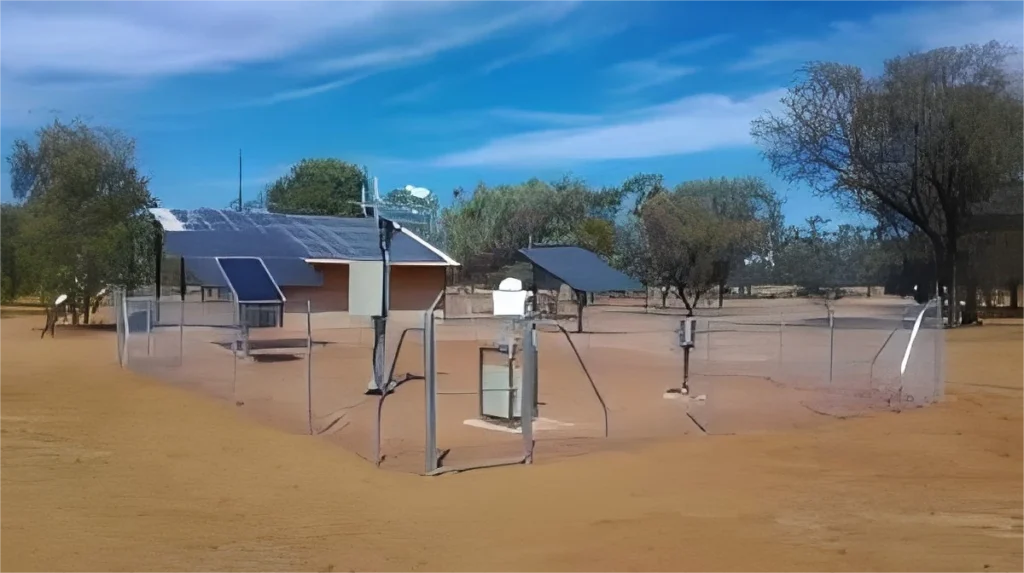
# Disadvantages of Automatic Weather Stations
## Introduction
Automatic Weather Stations (AWS) have revolutionized meteorological data collection by providing continuous and real-time weather information. However, despite their numerous advantages, these systems also come with several disadvantages that can impact their effectiveness and reliability.
## High Initial Costs
One of the primary disadvantages of AWS is the high initial investment required. Setting up an automatic weather station involves purchasing sophisticated sensors, data loggers, and communication equipment. Additionally, installation and calibration can be expensive, making it difficult for smaller organizations or developing countries to afford these systems.
## Maintenance Challenges
AWS require regular maintenance to ensure accurate data collection. Sensors can become dirty or damaged due to environmental factors such as dust, rain, or extreme temperatures. Without proper upkeep, the data quality can degrade over time, leading to unreliable weather forecasts.
## Limited Human Oversight
Unlike traditional weather stations that are often monitored by trained personnel, AWS operate with minimal human intervention. This lack of oversight can result in undetected malfunctions or errors in data transmission. In some cases, faulty sensors may go unnoticed for extended periods, compromising the integrity of the collected data.
## Dependence on Power Supply
Most AWS rely on external power sources or batteries to function. In remote or off-grid locations, power outages or battery failures can disrupt data collection. Solar-powered systems are an alternative, but they may not be sufficient in areas with limited sunlight.
## Data Transmission Issues
AWS often depend on wireless communication technologies to transmit data to central servers. Poor network coverage or interference can lead to data loss or delays. In extreme weather conditions, such as heavy storms or hurricanes, communication links may be severed entirely, rendering the station temporarily useless.
## Conclusion
While Automatic Weather Stations offer significant benefits in terms of automation and real-time data collection, they are not without their drawbacks. High costs, maintenance requirements, limited human oversight, power dependence, and data transmission issues are some of the key challenges associated with these systems. Addressing these disadvantages is crucial for improving the reliability and accessibility of AWS in the future.